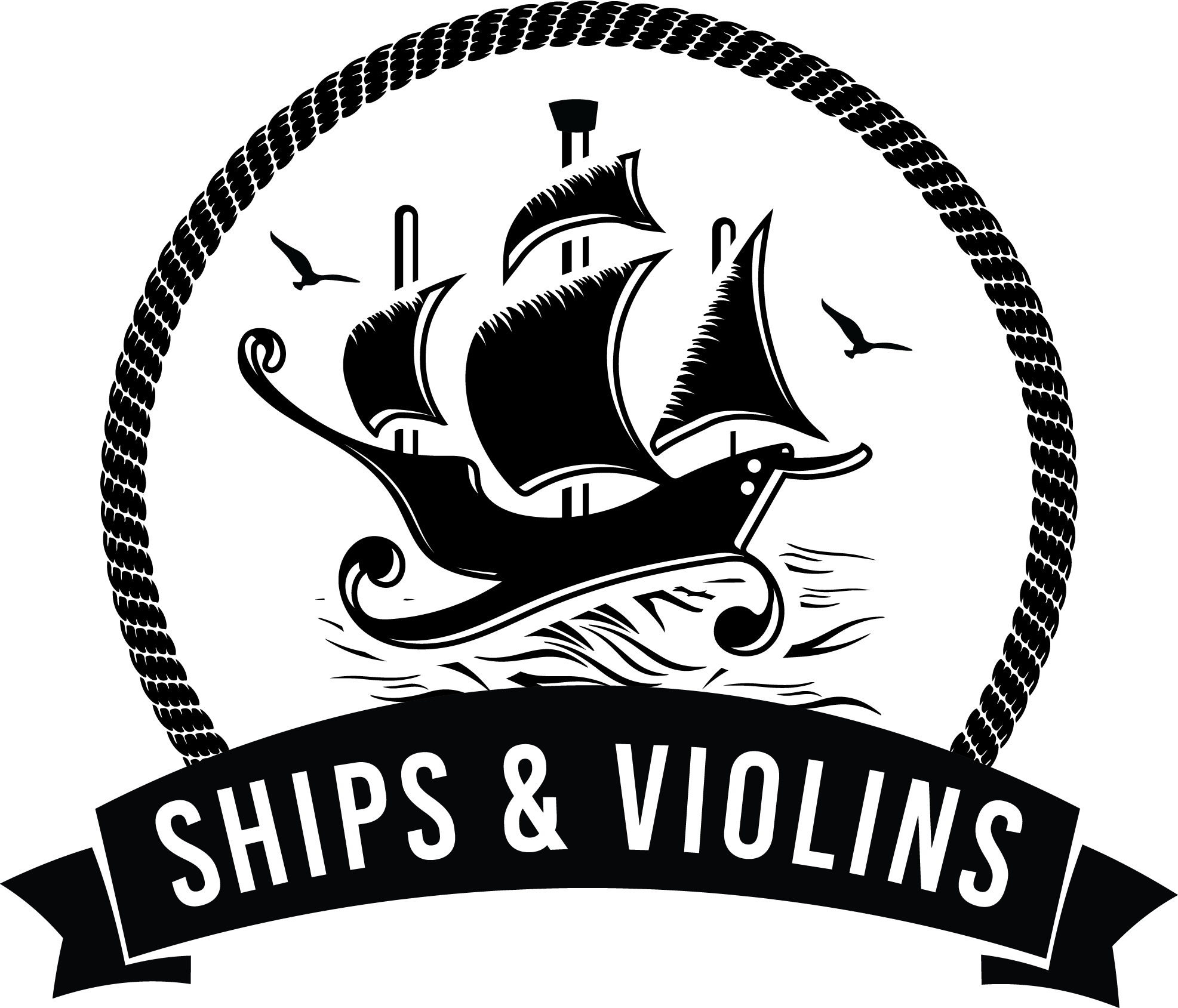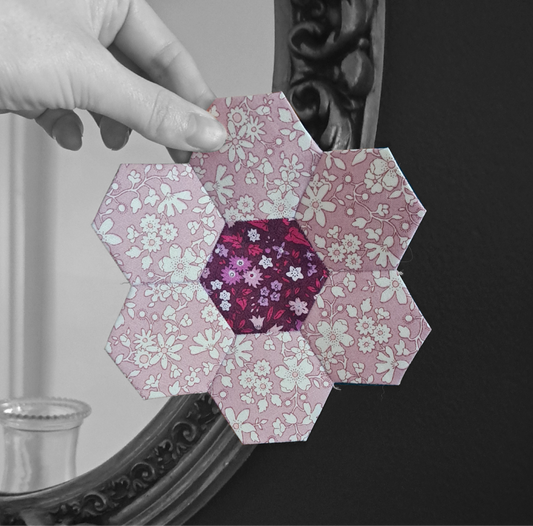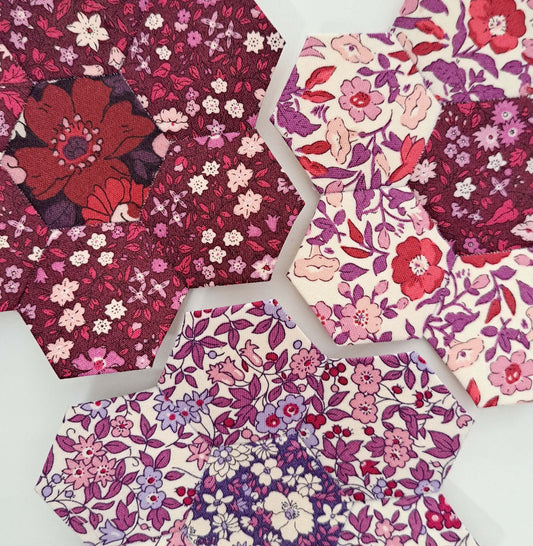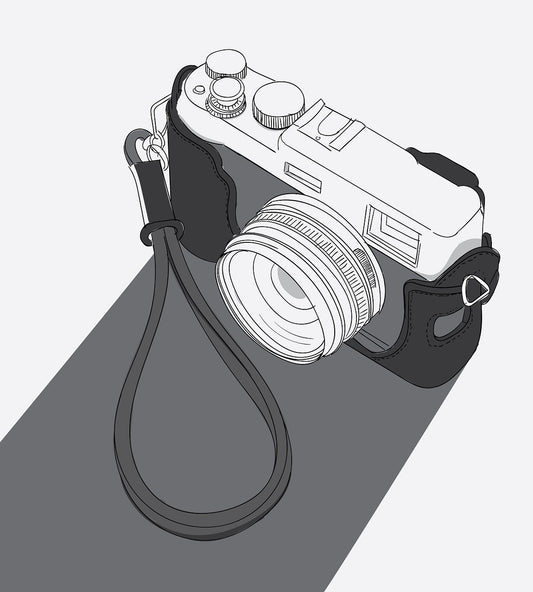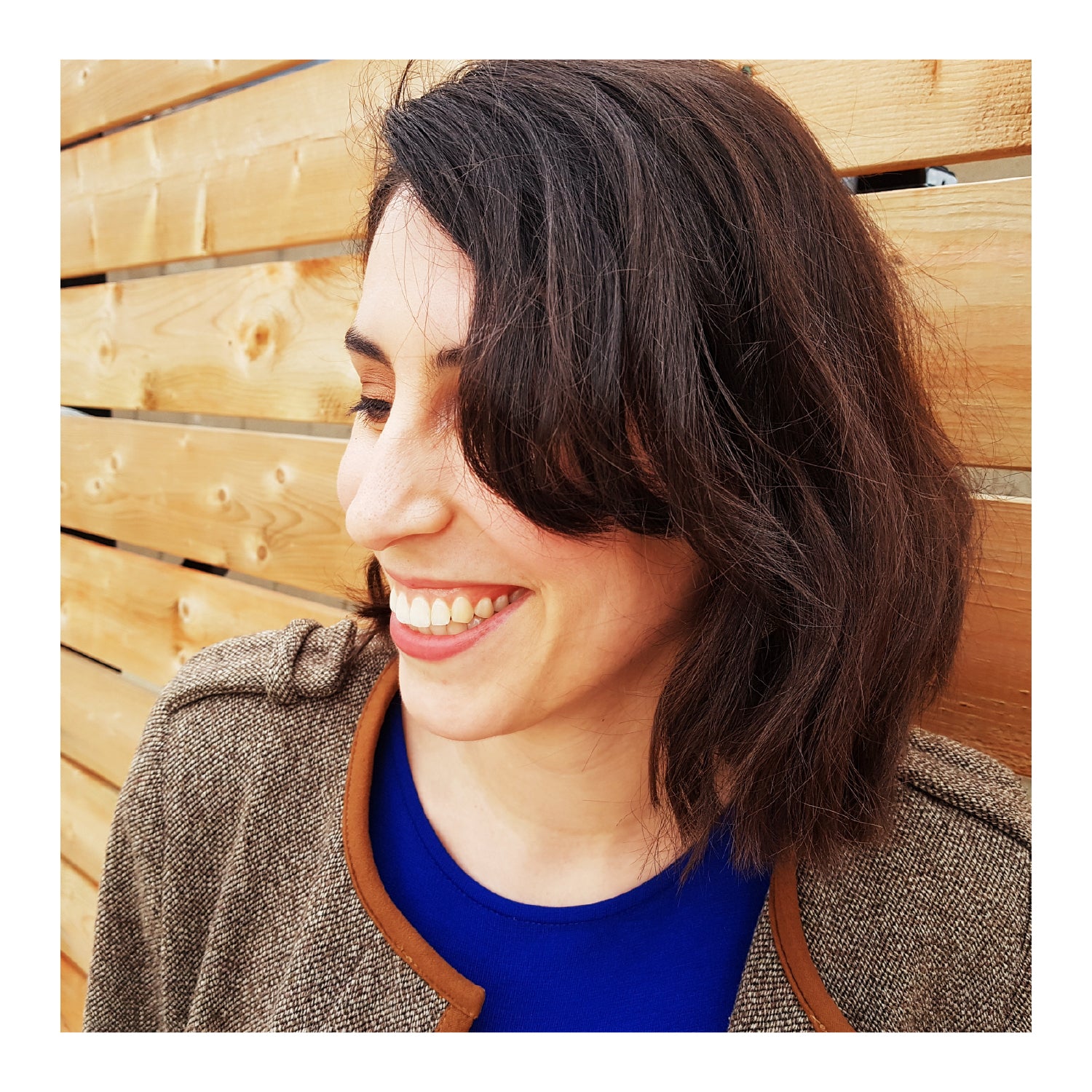You’ve heard about this quilting method called “Foundation Paper Piecing” and you want to give it a try, but you're halted by the fact that you don’t know if you have the right tools for the job.
Don’t worry, I’ve got you covered.
Read on to find out what supplies you need to get started, including the “nice to have” supplies that will make paper piecing easier.
Foundation Paper Piecing Supplies
This blog post won't be covering basic quilting supplies, such as a cutting mat, rotary cutter, thread, iron, etc. - I'm going to assume you have these already.
The goal here is to remind you that you don't need cool gadgets to give new sewing techniques a try. BUT! If you feel like you want to keep exploring, I have some tools that'll make you a more efficient and flexible quilter.
Below are my recommended supplies for foundation paper piecing:
Essential FPP Supplies:
Optional FPP Supplies:
Let's explore these supplies a little more...
Foundation Piecing Paper
I use regular copy paper and it works great. Just make sure you use a short stitch length (I use 1.5mm) when piecing. A shorter stitch length will help to perforate the paper and make it easier to remove.
Try these products:
If you want the best paper for foundation paper piecing, then you should buy paper that is specifically made for FPP. The paper is thinner than copy paper so it is easier to remove, and it's often more transparent which helps to line up fabric accurately.
Paper Scissors for Foundation Paper Piecing
I've used both paper scissors and a rotary cutter to prepare my FPP templates. The benefit to having a handy pair of paper scissors is that they are portable, whereas a rotary cutter requires that you use a cutting mat.
I prefer to enjoy a favourite TV show when I'm cutting my templates, instead of being stuck in my studio.
Try these products: You don't need anything fancy here, you are just cutting paper, so stick with the basics.
Add-A-Quarter Ruler
The Add-A-Quarter ruler is not essential, but it will make your life easier. It helps to measure out an accurate ¼” seam allowance as you work through sewing your fabric pieces to the templates.
Try these products: The Add-A-Quarter ruler pack below is great because it comes with two sizes 6” and 12”. Most often you will be using the smaller 6” ruler, but it will depend on the template sizes in your pattern.
Add-An-Eighth Ruler
The Add-An-Eighth ruler, like the Add-A-Quarter ruler, is not essential, but it's useful for those narrow sections in your templates. This ruler will help you reduce bulk when sewing intricate FPP patterns.
Rotary Cutter Blades
You have a lot of cutting to do when foundation paper piecing: first you need to cut out your paper templates, then you need to cut your fabrics, and finally you'll trim your completed templates to size.
With all this cutting, it's worth dedicating a rotary blade for the job, or replacing the blade when working on non-FPP projects.
TIP: Save money by dedicating your dull blades to cutting out paper templates. Make sure to label your blades to avoid mix-ups!
Try this product: You don't need to break the bank on name brand replacement blades. This pack of 10 is affordable and will work just as well.
Seam Roller
The seam roller is an optional tool, but one that I would highly recommend. I use it for pressing open my fabrics as I sew them to a template. And bonus - it’s also travel-friendly!
If I have my iron handy, I still prefer it to the seam roller. I’ve setup my workspace to make a convenient ironing station when I start an FPP project.
But, like most tools, there's a time and place for each one. So if you're on your way to a quilting retreat or your ironing station is a couple of floors down from your studio, maybe this seam roller is the way to go.
Try these products: This is the seam roller I like to use. It's a wood and metal construction, and gets the job done.
If you want a cheaper alternative, this roller has a wooden head with a plastic handle, and has received great reviews.
Conclusion
And that's all there is to it! You don’t need many supplies to get started with FPP, and you don’t need to break the bank buying them. It’s likely you can use what you have in your studio already, and upgrade your toolkit as you grow your passion for the technique.
If you want to learn more about the technique check out my guide on foundation paper piecing where I show how to use these tools.
Then visit the Ships & Violins shop and pick up an FPP PDF patterns and paper patterns to get started today!
This post contains affiliate links, meaning, at no additional cost to you, if you click through and make a purchase, I may receive a commission.
